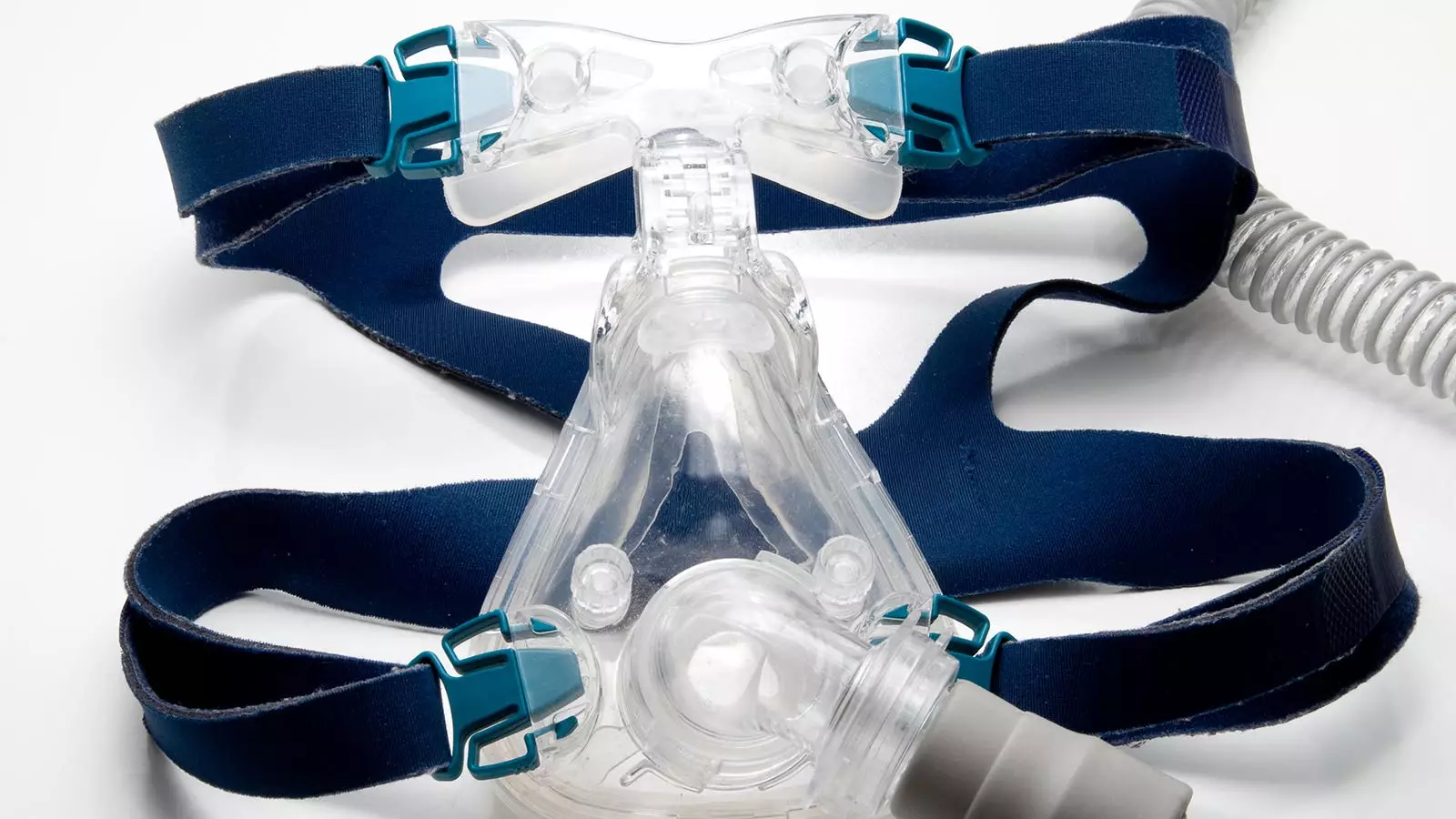A recent small randomized study conducted at the Hospital Universitario La Paz in Madrid has shed light on the impact of continuous positive airway pressure (CPAP) on the progression of eye disease in sleep apnea patients with non-proliferative diabetic retinopathy. The study aimed to evaluate the effectiveness of long-term CPAP use in reducing eye disease progression in this specific patient population.
The Findings: Reduction in Hard Exudates
The study revealed that participants assigned to a year of CPAP treatment alongside usual care experienced a significant reduction in the number of eyes with hard exudates. The percentage of eyes with hard exudates decreased from 49.1% at baseline to 29.8% at 52 weeks in the CPAP group, while the usual-care alone group saw no change, with the percentage remaining at 41.5% to 43.9%. This represents a significant between-group difference of 27.1%.
However, when the researchers conducted a per-protocol analysis and assessed adherence to CPAP treatment, they discovered an unexpected outcome. Adequate adherence to CPAP, defined as at least 4 hours of usage per night, was associated with an increase in the number of retinal microhemorrhages. The adjusted difference was 6.0, and this finding was statistically significant. The team suggested that this increase could be attributed to a rise in intraocular pressure (IOP) resulting from CPAP therapy. Repeated elevations in IOP may cause mechanical irritation on the small retinal vessels, leading to wall deformations or the generation of microhemorrhages.
The findings of this study have important implications for the management of sleep apnea patients with diabetic retinopathy. It is estimated that approximately 9.6 million Americans live with diabetic retinopathy, and nearly 1.8 million individuals have vision-threatening diabetic retinopathy. While obstructive sleep apnea (OSA) is more common in these patients, the potential benefits of apnea suppression on retinal disease progression have remained unclear.
In light of the study’s findings, it may be prudent for healthcare professionals to inquire about signs and symptoms of sleep apnea in patients with diabetic retinopathy. This could prompt appropriate referrals to sleep specialists who can help manage their sleep apnea using CPAP machines. CPAP therapy has been shown to improve hypertension and glycemic control, both of which can independently improve retinopathy. By addressing the underlying systemic problem of sleep apnea and reducing oxidative stress, the progression of retinopathy may be mitigated.
The RetinAS trial, an open-label study conducted from 2016 to 2020, involved 83 patients with sleep apnea and mild-to-moderate non-proliferative diabetic retinopathy at a single center in Spain. The primary endpoint of the trial was the change in the percentage of eyes with retinal exudates and the number of retinal microhemorrhages after 52 weeks of intervention.
Baseline characteristics were similar among participants, with an average age of approximately 65 years, around one-third being women, and a mean apnea-hypopnea index of 33 events per hour. The majority (nearly 70%) had hypertension, and their average duration of diabetes was 15-17 years, with an HbA1c of about 8%. The analysis included 79 eyes in the CPAP group and 67 eyes in the control group.
In addition to the reduction in the number of eyes with hard exudates, participants in the CPAP group experienced improvements in sleepiness, sleep-related quality of life, and glycemic control. Retinal thickness also decreased; however, these improvements did not translate into improvements in visual acuity or IOP. The study did not find a statistically significant difference in serious adverse event rates between the CPAP and control groups.
Limitations of the Study and Conclusions
The study has several limitations that should be considered. The dropout rate was higher than estimated, and a single ophthalmologist evaluated patients for microhemorrhages and retinal exudates, which could introduce bias. However, despite these limitations, the findings contribute to the growing body of research on the potential benefits and risks associated with CPAP therapy in sleep apnea patients with diabetic retinopathy.
The long-term use of CPAP demonstrated a reduction in the progression of eye disease, specifically hard exudates, in sleep apnea patients with non-proliferative diabetic retinopathy. However, the increase in retinal microhemorrhages associated with adequate CPAP adherence highlights the need for optimal pressure settings and closer clinical monitoring. Further research is warranted to fully understand the mechanisms underlying this observed association and to optimize treatment protocols for sleep apnea patients with diabetic retinopathy.


Leave a Reply